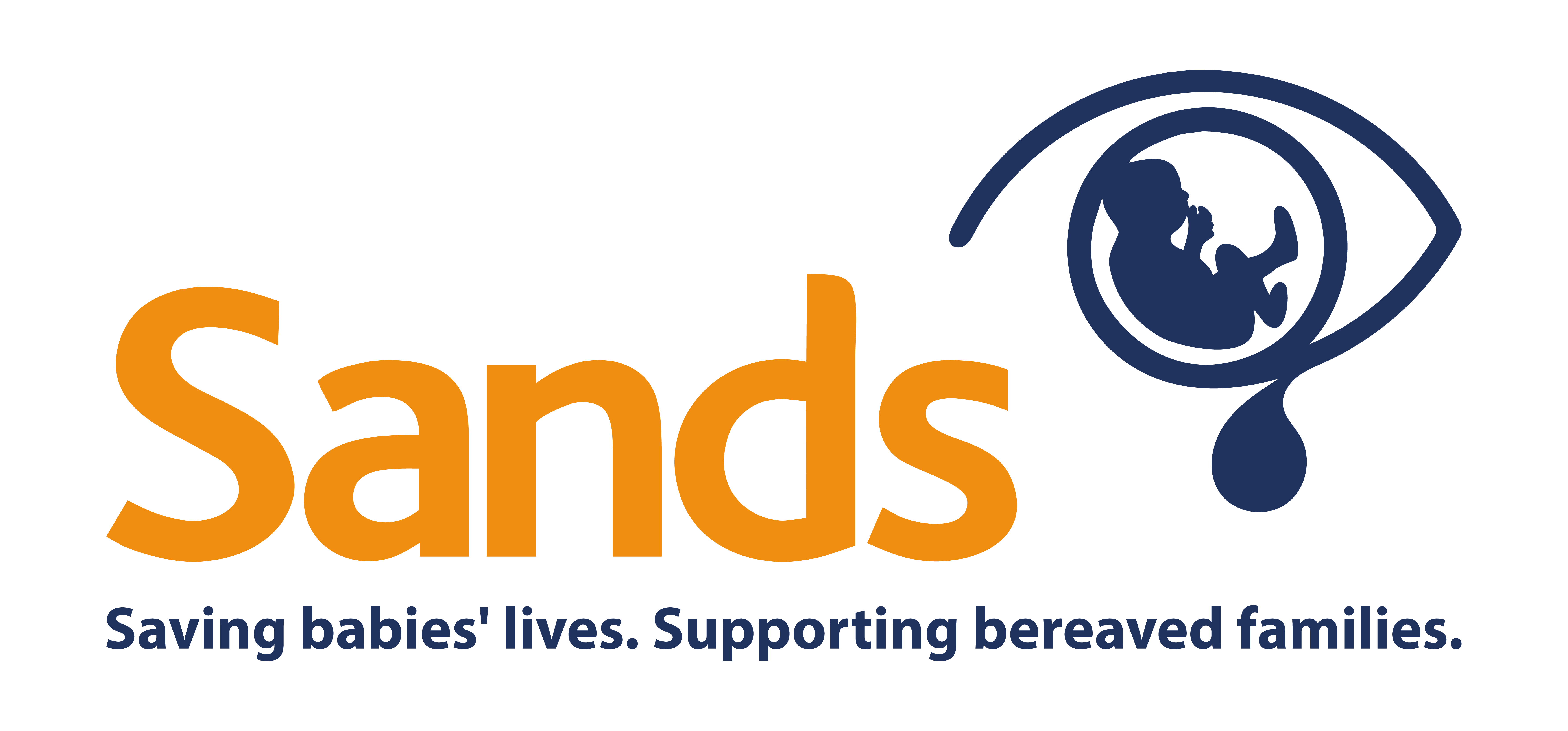A study has found that there were no differences in the rates of Caesarean sections when comparing older mothers whose labour was induced at 39 weeks and mothers who received the care they would normally receive.
Results from the 35/39 trial, published in the New England Journal of Medicine on 3 March 2016, start to fill a gap in our knowledge around the care of older women during pregnancy. It’s known that the risk of having problems during pregnancy, or the baby dying before birth, are increased in pregnant women aged 35 or older. But does this mean that older women should be advised to give birth before their pregnancy reaches 40 weeks, so that some of the potential problems can be avoided? And does having the baby before the end of pregnancy carry any extra risks for the mother and/or the baby? Health professionals need more information from good-quality research, such as the 35/39 trial, to pass on to women to help them decide what to do.
What did the trial look at?
The 35/39 trial compared the number of Caesarean sections in two groups of older women pregnant with their first child.
- One group had their labour started at 39 weeks using synthetic hormones (this is called induction of labour)
- The other group had the care they would normally receive.
The study looked at Caesarean sections because there are some concerns that having an induction makes it more likely a woman will need a Caesarean section because of a difficulty during labour.
It also looked at other problems at birth, such as the health of the baby, the use of forceps, and haemorrhage (heavy bleeding) in the mother just after delivery.
What were the results?
The study found that there were no differences in the rates of Caesarean sections between the two groups. And there were no differences in the health of the mother or the baby at and shortly after the birth. When women were asked what they thought about the birth, the two groups of mothers had similar experiences.
What doesn’t the trial show?
The 35/39 trial wasn’t large enough to see whether having induction of labour reduces the risk of stillbirth. Such a study would need to include a very large number of women. But the 35/39 study does get us closer to having the larger study as it indicates that the study would be safe.
The 35/39 trial doesn’t tell us about induction in ‘high-risk’ pregnancies or in women in their second or later pregnancy, as these women did not take part in the study.
What was Sands’ involvement?
The 35/39 trial has been discussed and supported by the Sands-sponsored Stillbirth Clinical Studies Group, comprising UK experts on stillbirth res
